Growing a Spanish-Language Community Newspaper into a Regional Hispanic Cultural Staple

Starting with a $5,000 loan from my mother, my first job out of undergrad school was launching a Spanish-language community newspaper called Vida Latina. In less than 7 years, I grew Vida Latina from a small community paper that served the Spanish-speakers of the Greater Charleston, SC area into a niche regional Spanish-language entertainment publication that boasted a circulation of 250,000 throughout 12 metro markets in 3 states.
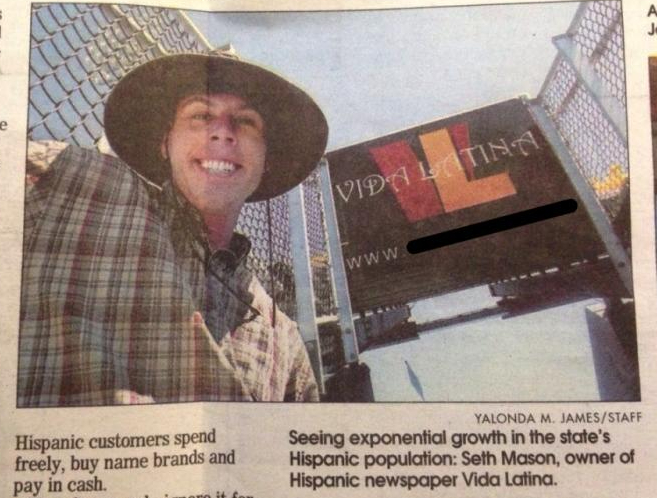
Vida Latina was immediately profitable…I immediately reinvested profits into expanding circulation into new markets. But I couldn’t expand into new markets with a Charleston-based newspaper; I had to turn the paper into a publication that appealed to Spanish-speakers throughout the region.
I rebranded Vida Latina as a Spanish-language entertainment publication that focused on the Latino communities of the Carolinas and Georgia as a whole.
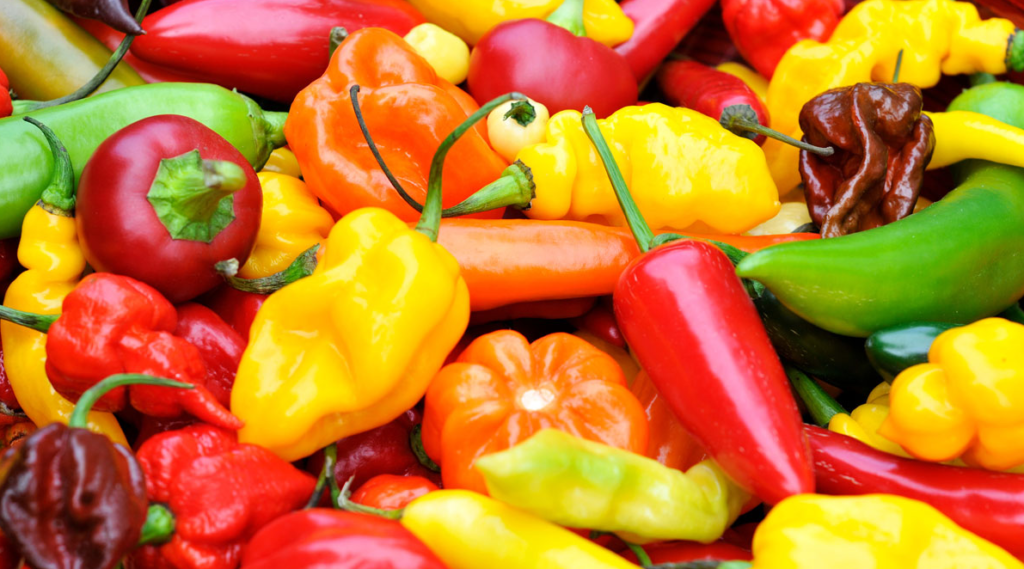
At the time, several local Spanish-language newspapers (publications that report local news) had been sprouting up throughout the region. However, no publication focused their coverage on entertainment and current events like the English-language Creative Loafing had been doing for decades in Metro Atlanta.
What’s more, no Spanish-language publication in the Carolinas or Georgia produced a uniform product that could be distributed universally throughout the region, like USA Today had been doing for decades, also in English.
Thus, not long after I founded Vida Latina, I changed the paper’s focus from local news to regional entertainment and current events news (like Creative Loafing) and focused the content on the region as a whole (like USA Today).
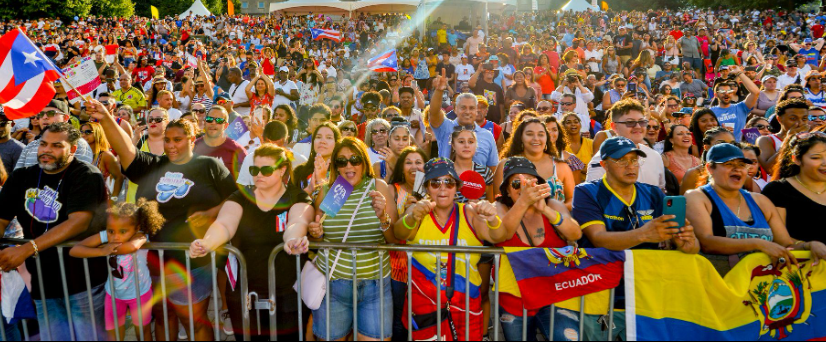
With an ending circulation of approximately 250,000 throughout 12 metro markets, Vida Latina had a sufficiently large overall circulation to attract national advertisers who wanted to target the Hispanic population of the region as a whole…as well as a sufficiently large circulation in each market to attract local advertisers.
And Vida Latina’s 12 markets of distribution were as hot as Mexican chili peppers that had been dried in the sweltering Deep South sun. At the time, the region led the nation in Hispanic/Latino population growth by percentage (+350% from 1998-2008, according to estimates from the Pew Research Center) and only lagged behind the Southwest in terms of raw growth numbers. Advertising space in Vida Latina was a hot commodity.
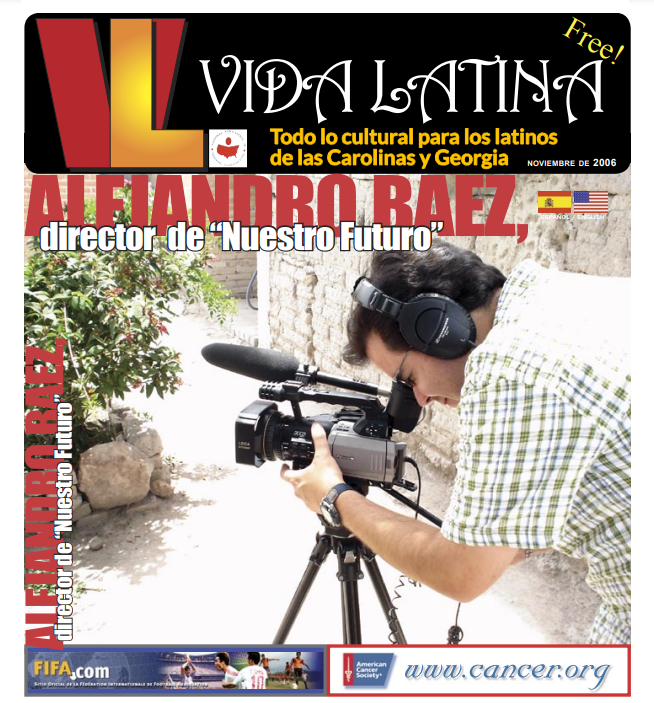
In a way, Vida Latina was a pioneer in digital marketing: nearly all advertising for its flagship print publication was generated through the website.
To accompany the physical publication, I created a website that served as a regional Spanish-language entertainment and current-events “portal”. When a Spanish-speaker in the Carolinas or Georgia looked for an event that catered to the Hispanic/Latino community, they often consulted Vida Latina’s website.
More importantly, the Vida Latina website drew the attention of national advertisers who were targeting the region’s rapidly-growing Hispanic population en masse. Some of the better-known companies that found the paper through the website include Ford, Anheuser-Busch, and Coca-Cola.
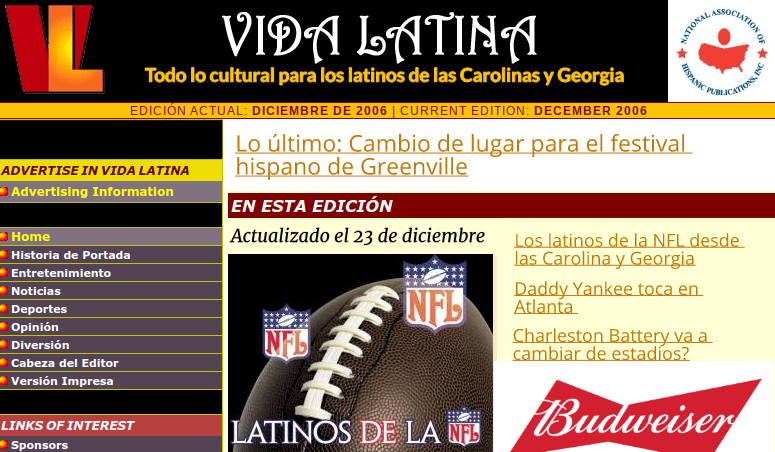
The Advertising Information page was a landing page (associated with localized Google Ads campaigns) from which potential advertisers could download the Vida Latina Media Kit, which I’ve shown excerpts from below.
The media kit was a powerful piece of marketing copywriting: I know that nearly everyone who purchased advertising by way of the website read it because it contained the fax number (yes, fax…haha) that advertisers sent their contracts to. (Publishing your fax number to the public invited junk faxes that cost valuable ink…I only published the number in the media kit.)
Vida Latina was profitable during every quarter I published it, even while I was expanding it into new markets.
Most businesses run in the red for a while, and–these days–it’s not uncommon for companies to go years and years without pulling a profit. (Fundamentals do eventually matter, however…make sure read about my big short against Carvana.)
Unlike the billions and billions that Carvana burned, my operating capital was extremely meager: the $5,000 my mother loaned me and the few thousands I had in the bank. I had to make Vida Latina profitable immediately, and I had to keep it profitable during expansions.
So, I had to be smart about spending, and I had to have a viable, actionable marketing plan in place before expanding into any new market: I attracted advertisers from new markets using localized Google Ads (then known as “Google AdWords”) campaigns before expanding into new markets.
What’s more, I had to generate revenue in creative ways. One of the ways was sponsored interviews of prominent Hispanic/Latino businesspeople…
I charged to interview prominent Hispanic/Latino executives from major U.S. corporations.
A few large companies (including ESPN, Yahoo!, and Delta) remunerated me for interviewing some of their highest-ranking Hispanic executives and publishing the interviews in English as well as Spanish.
Among these sponsored interviews, my conversation with Lino García, then-Director of ESPN Deportes, (shown below) was the most popular in terms of the time it took Vida Latina stands to empty out as well as monthly page views of the website.
NOTE: Although I published all feature interviews in English as well as in Spanish, I’m only displaying the English version of my conversation with Lino here.
Compelling copywriting and a clever marketing strategy made Vida Latina a success.
Starting with a $5,000 loan from my mother, Vida Latina quickly evolved into a cultural staple for Spanish-speakers of the Carolinas and Georgia. In fact, according to an audit by the National Association of Hispanic Publications, it at one time had the largest readership of any free Spanish-language publication in the Deep South.
Following a dual Creative Loafing/USA Today business model, it was a fully-differentiated product and a coveted piece of real estate for local advertisers and national advertisers alike.
What’s more, it allowed me to do exceptional things such as meeting Colombian soccer star Carlos Valderrama after a Charleston Battery game, interviewing best-selling Mexican author Don Miguel Ruiz, and becoming a member of the Hispanic communities of the region.
Vida Latina was more than just my first business…it was an exceptional chapter of my life.

